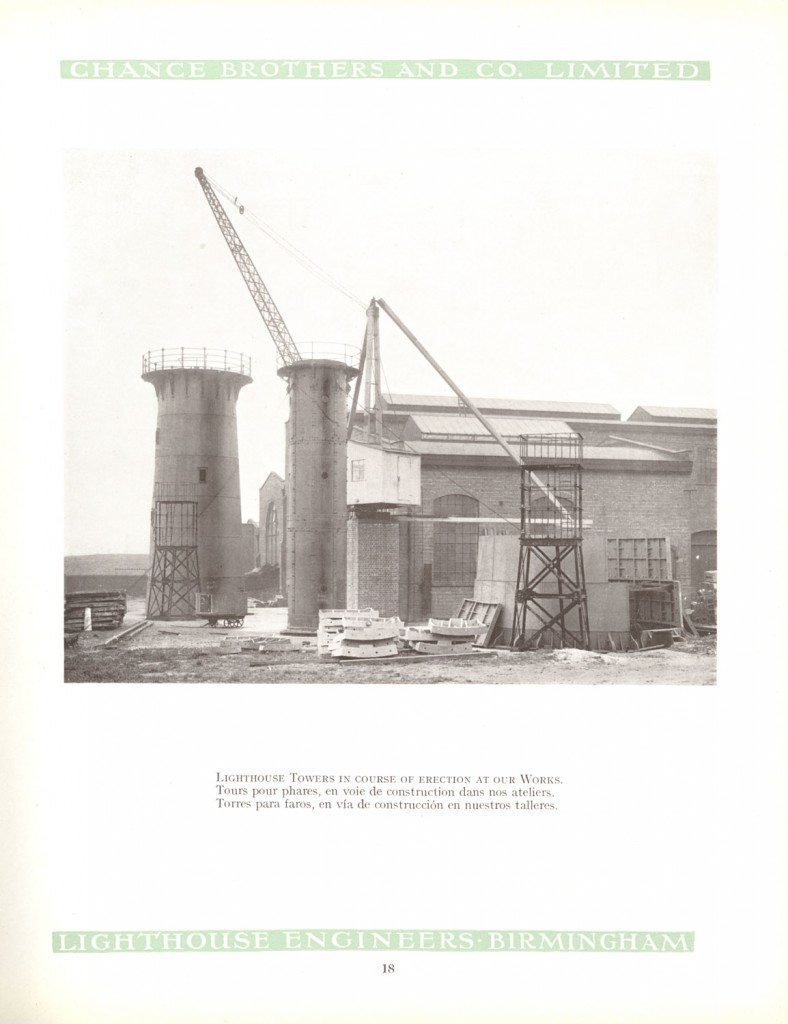Lighthouse Production
Image: Chance Brothers Lighthouse Work: Lighthouse Towers in Course of Erection at the Works. Typical Illustrations of the Lighthouse Work of Chance Brothers and Co. Limited Birmingham (1919).
Image from: Local Studies and History, Birmingham Central Library
Before James turned his attention to the construction of lighthouse lenses two French firms dominated the market, M. Lepaute and Mm. Sautter & Cie. of Paris. James commenced designing lighthouses on the advice of Sir David Brewster, the eminent Scottish scientist, whose achievements included the kaleidoscope and stereoscope. Brewster visited the Spon Lane site and on viewing the various experiments James had conducted on optical lenses and light refraction, he persuaded him to manufacture dioptric apparatus, (refractive lenses).
James researched, experimented and consulted with the leading French experts. He became fully absorbed with the design and manufacture of the complicated arrangement of lenses. This did not always make him popular with the older members of the family firm, as it was to the detriment of the more profitable undertakings. James persevered and one of his first lights obtained a First Class Medal at a Paris exhibition. He steadily advanced the excellence of the power of the lights until they were far superior to the French products. The firm won the commission to supply lights from Trinity House, the authority that controlled the provision and maintenance lighthouses.
So great was the improvement of the intensity of the light that was transmitted from Chances’ lighthouses, that when a new light was supplied for St. Catherine in the Isle of Wight, the keepers requested blue spectacles to protect their eyes.
« Previous in this sectionNext in this section »Continue browsing this section
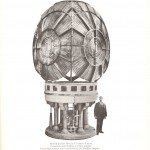 The Infinite Uses of Glass: Chance Brothers, Glassmakers of Smethwick
The Infinite Uses of Glass: Chance Brothers, Glassmakers of Smethwick
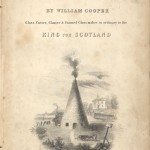 Chance Brothers and Company
Chance Brothers and Company
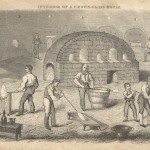 The Arrival of Expert Workers
The Arrival of Expert Workers
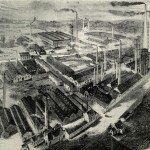 The Chemical Works
The Chemical Works
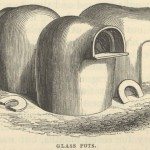 Types of Glass
Types of Glass
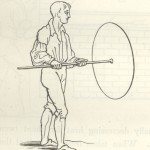 Crown Glass
Crown Glass
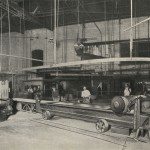 Plate or Sheet Glass
Plate or Sheet Glass
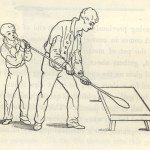 Flint Glass
Flint Glass
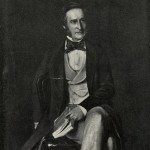 New Technology
New Technology
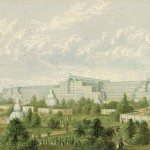 Glazing the Crystal Palace
Glazing the Crystal Palace
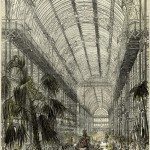 Glazing the Crystal Palace
Glazing the Crystal Palace
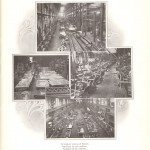 Lighthouse Production
Lighthouse Production
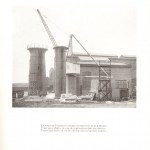 Lighthouse Production
Lighthouse Production
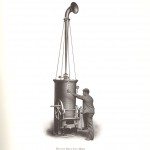 Lighthouse Production
Lighthouse Production
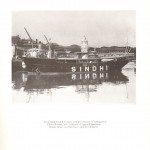 Lighthouse Production
Lighthouse Production
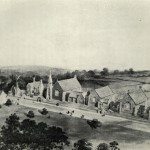 Company Philanthropic Activity
Company Philanthropic Activity
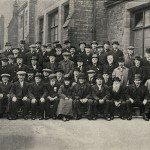 Relations between Workers and the Company
Relations between Workers and the Company
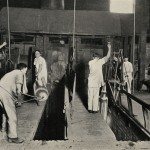 French and Belgian Workers
French and Belgian Workers
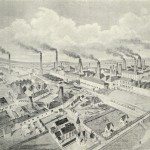 Description of the Glassworks
Description of the Glassworks
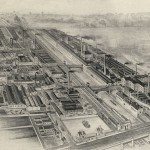 Description of the Glassworks
Description of the Glassworks



